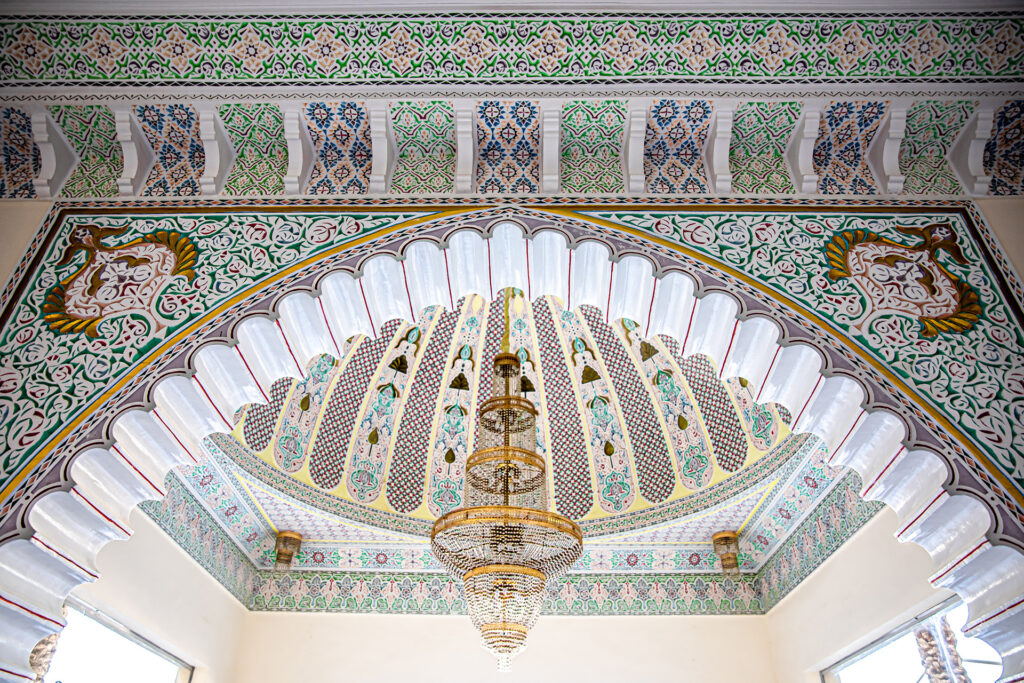
Islamic architecture is one of the most significant cultural and artistic achievements of the Islamic world, having had a profound impact on architectural development across various regions of the world from the early centuries of Islamic history to the present day. This style of architecture, especially in the Middle East, North Africa, and India, showcases symbols of beauty, precision, and technical advancement. Key features of Islamic architecture include the use of domes, minarets, iwans, arches, and intricate decorative elements such as calligraphy, tile work, and elaborate paintings.
Key Features of Islamic Architecture:
1. Use of Geometric Shapes
In Islamic architecture, geometric designs are given special importance. The repetition of geometric shapes in various decorative forms, such as stucco work and tile mosaics, symbolizes the infinity and divine order.
2. Avoidance of Human or Animal Depictions
Based on the belief that the depiction of humans and animals should not occur in sacred places, Islamic architecture prefers abstract designs and decorations.
3. Diverse and Beautiful Interior Spaces
The use of central courtyards, gardens, fountains, and unique interior decorations has created calming and spiritual environments within Islamic spaces.
4. Domes and Minarets
Domes are seen as symbols of the heavens and a connection to the divine in Islamic architecture, while minarets, as tall towers reaching toward the sky, are used in mosques for the call to prayer and to connect with the spiritual realm.
Impact of Islamic Architecture
Islamic architecture, in addition to its religious aspects, has had a significant impact on architectural development and transformation in various regions. Designs used in mosques, schools, palaces, and markets not only had aesthetic value but also led to innovations in construction techniques and engineering. In many Islamic countries, such as Spain (Al-Andalus), Iran, India, and Turkey, examples of Islamic architecture can be found that are notable not only for their technical achievements but also for their artistic beauty.
Conclusion
Islamic architecture is a symbol of the deep connection between art, science, and religion. This architectural style, widely spread across the Islamic world and beyond, continues to be one of the most important and prominent branches of global architecture. Through its use of geometric principles, intricate decorative arts, and practical yet beautiful designs, Islamic architecture has created spaces that embody both spirituality and aesthetic beauty.


No comments yet.